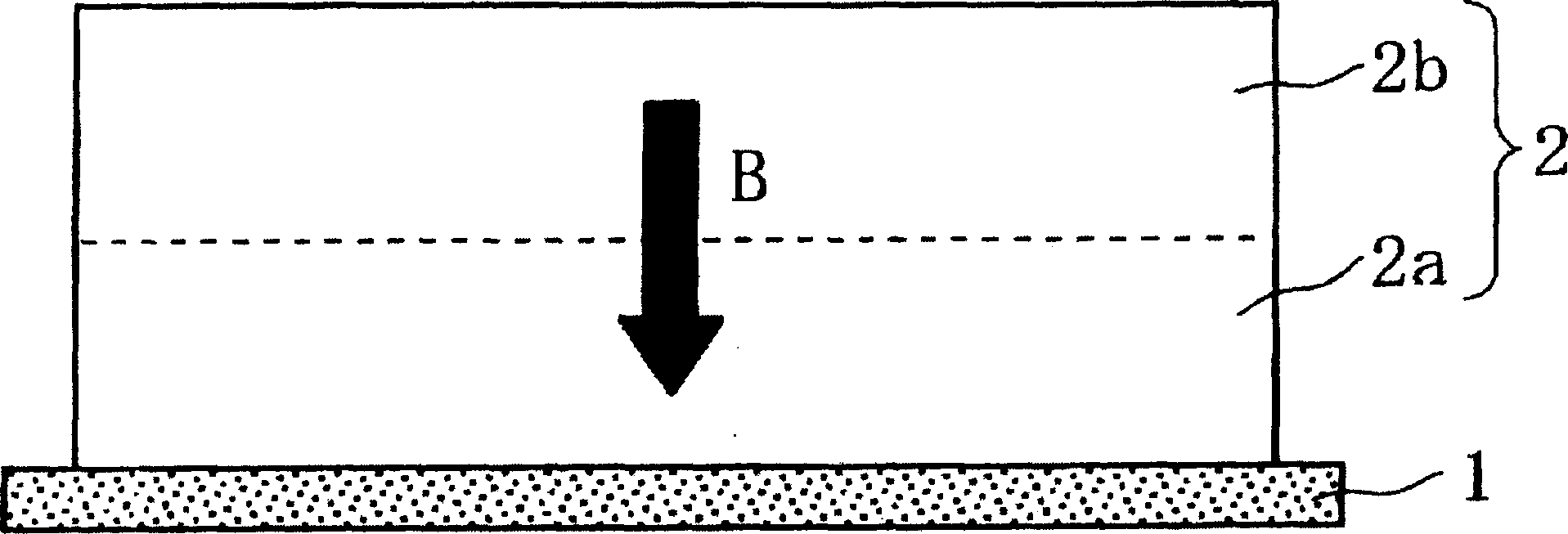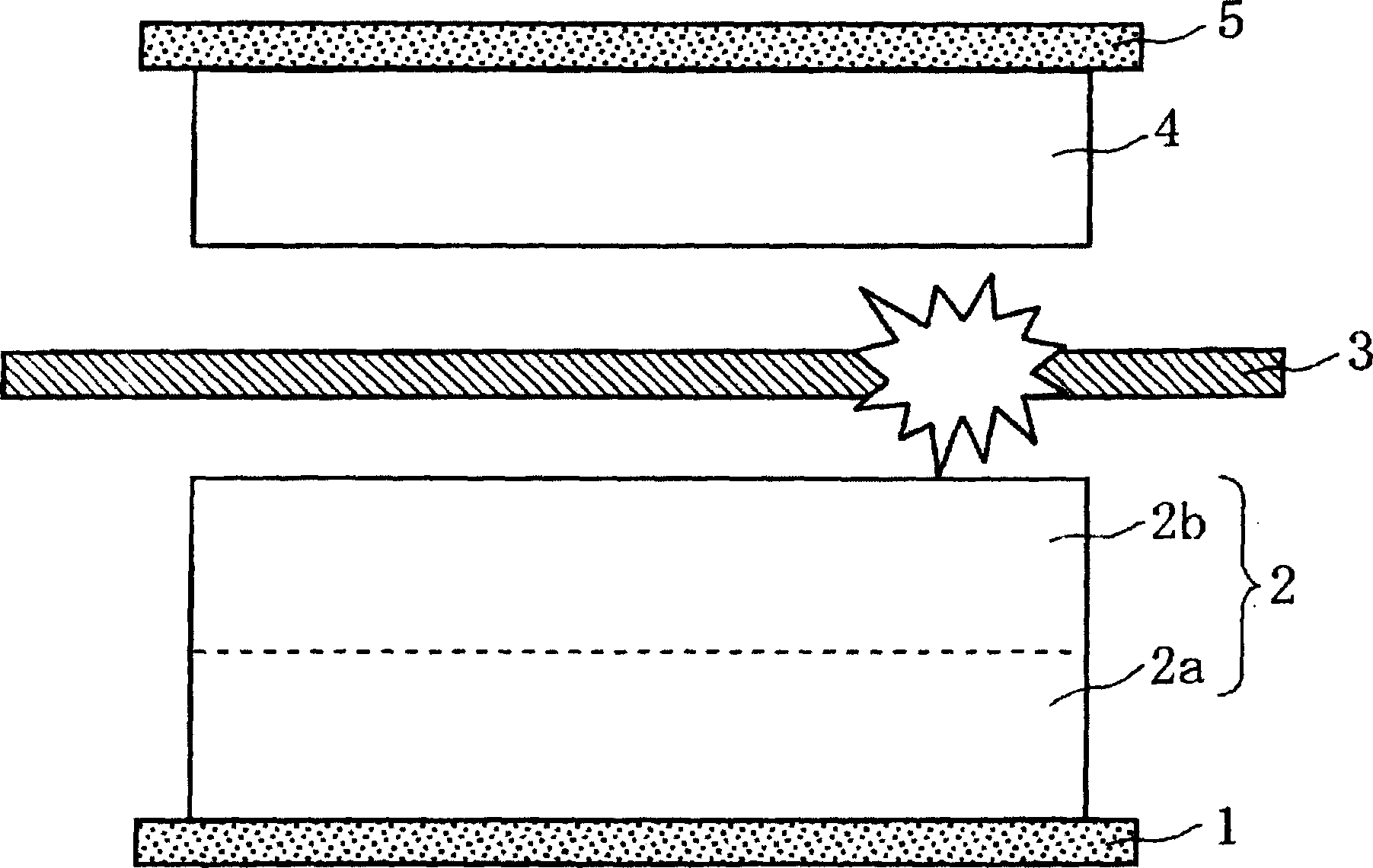Non-aqueous electrolyte battery
A non-aqueous electrolyte and battery technology, applied in non-aqueous electrolyte batteries, non-aqueous electrolyte battery electrodes, secondary batteries, etc., can solve the problems of reduced heat dissipation, inability to give full play, and reduced safety.
- Summary
- Abstract
- Description
- Claims
- Application Information
AI Technical Summary
Problems solved by technology
Method used
Image
Examples
Embodiment 1
[0078] As Example 1, a battery represented in the best mode for carrying out the aforementioned invention was used.
[0079] The battery produced in this way is hereinafter referred to as battery A1 of the present invention.
Embodiment 2
[0081] A battery was fabricated in the same manner as in Example 1 above, except that the mass ratio of the two positive electrode active materials in the positive electrode was LCO:LFP=71:29.
[0082] The battery produced in this way is hereinafter referred to as battery A2 of the present invention.
PUM
| Property | Measurement | Unit |
|---|---|---|
| thickness | aaaaa | aaaaa |
| diameter | aaaaa | aaaaa |
Abstract
Description
Claims
Application Information
 Login to View More
Login to View More - R&D
- Intellectual Property
- Life Sciences
- Materials
- Tech Scout
- Unparalleled Data Quality
- Higher Quality Content
- 60% Fewer Hallucinations
Browse by: Latest US Patents, China's latest patents, Technical Efficacy Thesaurus, Application Domain, Technology Topic, Popular Technical Reports.
© 2025 PatSnap. All rights reserved.Legal|Privacy policy|Modern Slavery Act Transparency Statement|Sitemap|About US| Contact US: help@patsnap.com



